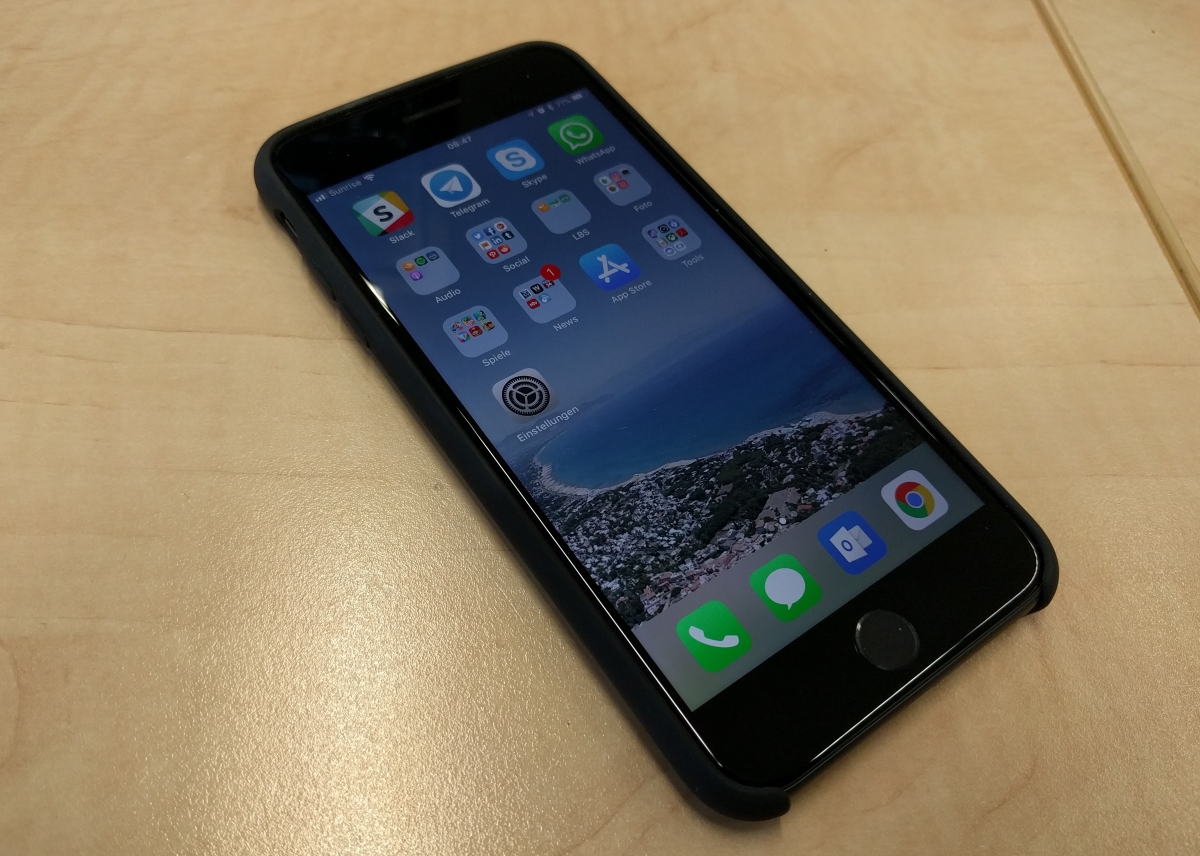Why I am (once again) using an iPhone [Editorial]
If you have been following along me for some time, you’ll probably know that I used to be a fan of Microsoft and its products (especially Windows Phone) for a long time, and I did really everything possible in the Microsoft ecosystem and promoted it whenever I was able to. Three years ago, no one – not even me – could ever think of me using anything other than a phone with a Microsoft operating system on it.
Microsoft has changed…
The Microsoft a lot of us used to love is gone. It all started to become really bad for Windows Phone/10 Mobile when Steve Ballmer left the building (aka stepped down as CEO). He was the force behind all mobile efforts, and I think Windows Phone/Windows 10 Mobile would still exist with shiny new devices. However, Mr. Nadella is now the CEO of Microsoft. And as he stated recently in his book (“Hit Refresh”), he never understood why there should be another mobile OS besides iOS and Android (we all know duopoly is as bad as monopoly). All of his actions in the last few years, starting to burn out Nokia from Microsoft and also killing Windows 10 Mobile (even if he never would state that publicly), make sense after knowing this. Nadella’s Microsoft is a business oriented, cloud focused money machine with no more consumer love. Sure, they still have products for the consumer like Groove Music, but they do lack their consumer focus which we all enjoyed when Windows Phone started.
To sum it up, times have changed. The first steps outside the Microsoft ecosystem happened quite some time ago, you can read more on that topic right here:
Editorial: Why the app gap on Windows Phone/10 Mobile is a bigger problem than I thought
After that, I used and reviewed some Android devices for a German news site, and got back into the Android ecosystem by putting some apps (at least as beta) into the Play Store. After more than one year on Android, I see that fragmentation is still the biggest problem out there. It makes developing apps for it a mess, as there are tons of devices that do not behave like you expect when developing with a Nexus or any other plain Google device.
Software updates
Another point which is quite important, is the actuality of software updates. Due to the fragmentation problem and the ability for OEMs to change the whole user experience on Android, this has always been a problem. Google tries to address this problem with the latest Android Version Oreo, but this will not help with all those existing devices on the market that are running Marshmallow or Nougat. Even this year’s flagships are not able to catch up and profit from the new way to handle software updates. I do see a chance that this will change over the next year(s). However, this makes me to not want to spent any money on a recent Android device.
Google’s Pixel (and at least their Nexus 5X/6P) devices are certainly well built, and have a guarantee for getting the latest software updates first. However, they do not want to make me spend my money on them (not even the rumored second incarnation). Then there is Samsung, which makes premium devices, but my experience with their smartphone has always ended bad – not only for myself, but also along my family and friends.
iOS however is kind of similar to Windows (Phone). iOS devices always get the most recent software, including bug fixes and security updates, because of the closed ecosystem. Their hardware is always from top quality. Even if they are no longer innovating like they did years ago, all features they have are very well implemented. Also, Apple supports their older devices over a long distance, which makes an iPhone a worthier device to invest money in than any Android device – especially in those devices that try to play in the same league like Apple does in terms of prices.
What’s missing?
That’s the point where I was already heavily surprised when I switched to Android. The fact that all those official apps are available on Android and iOS, does indeed make a huge difference. Some apps do have Widgets (on both Android and iOS). Sure, they are no live tiles, but those that I am using do their job in a similar good way, even if I have to swipe to left or right to get them. On top of that, all Microsoft apps are also available on these two platforms, and most of them do actually work a lot better there than they do on their own OS. So more than a year away from Windows 10 Mobile, I do miss… nothing.
In the end…
… this was a personal decision. I was evangelizing Windows Phone and all other Microsoft products for years, as some of you may know. As they do no longer offer a valid mobile device and are not even able to get close to what Android and iOS have to offer in their ecosystems, I cannot continue to do this. I was on Android for quite some time, but in the end, I decided to go back to the iPhone, which I left a few years ago – you already read the reasons if you reached this point.
Maybe some of you felt the same way I did when moving away from Windows Phone/Windows 10 Mobile? Feel free to start a discussion here in the comments or on social media.
Until the next time, have fun!
